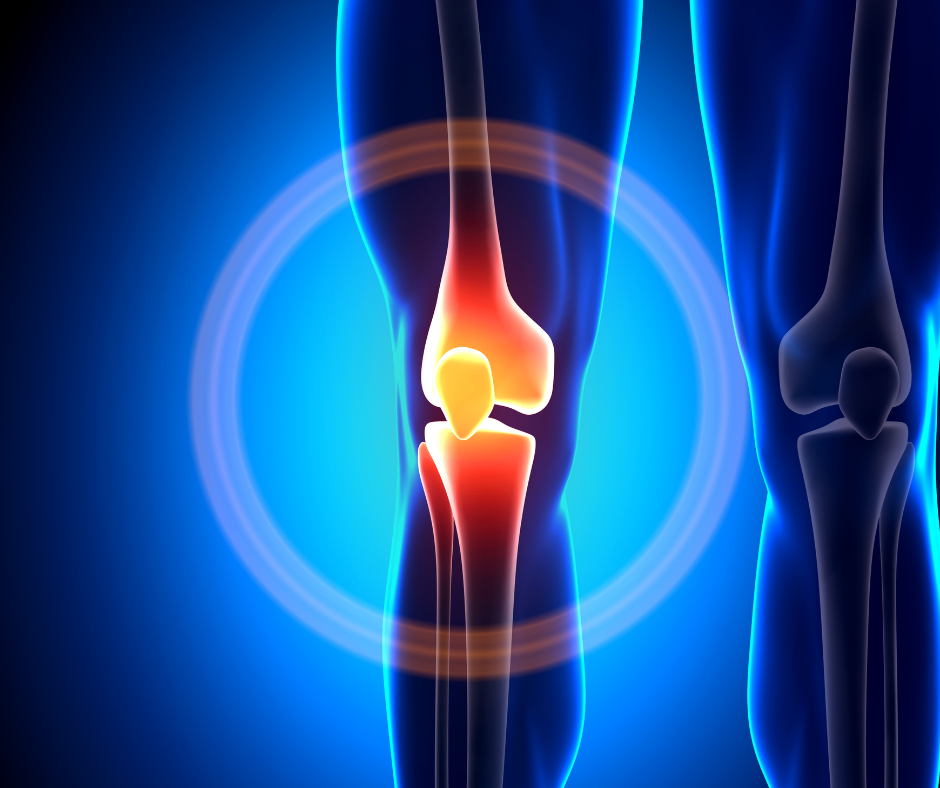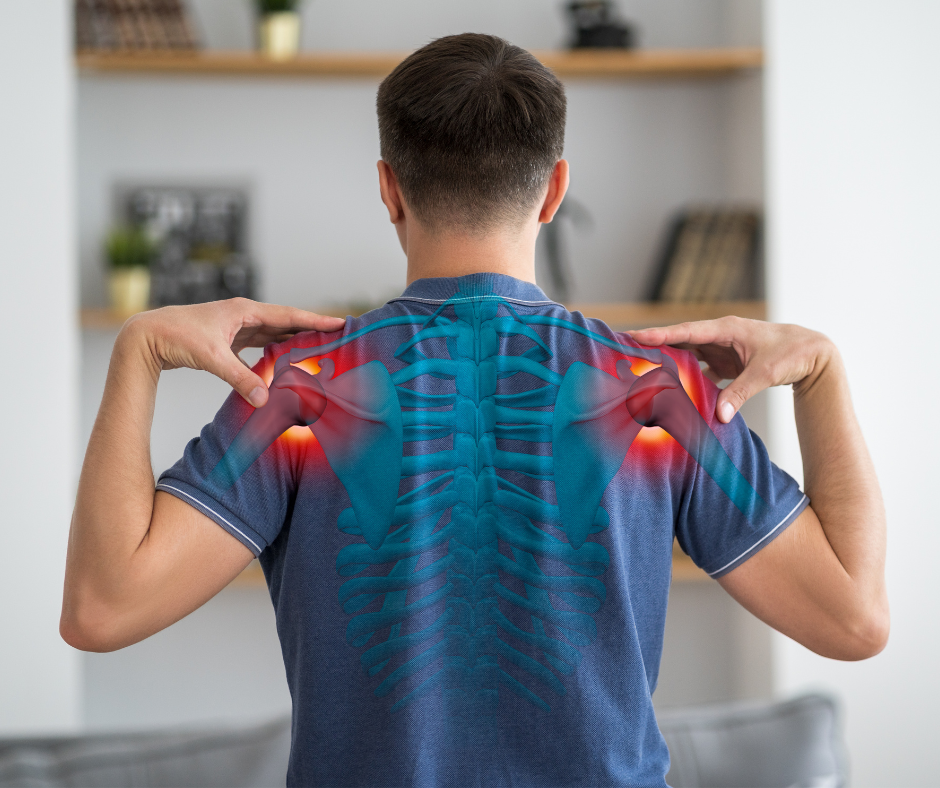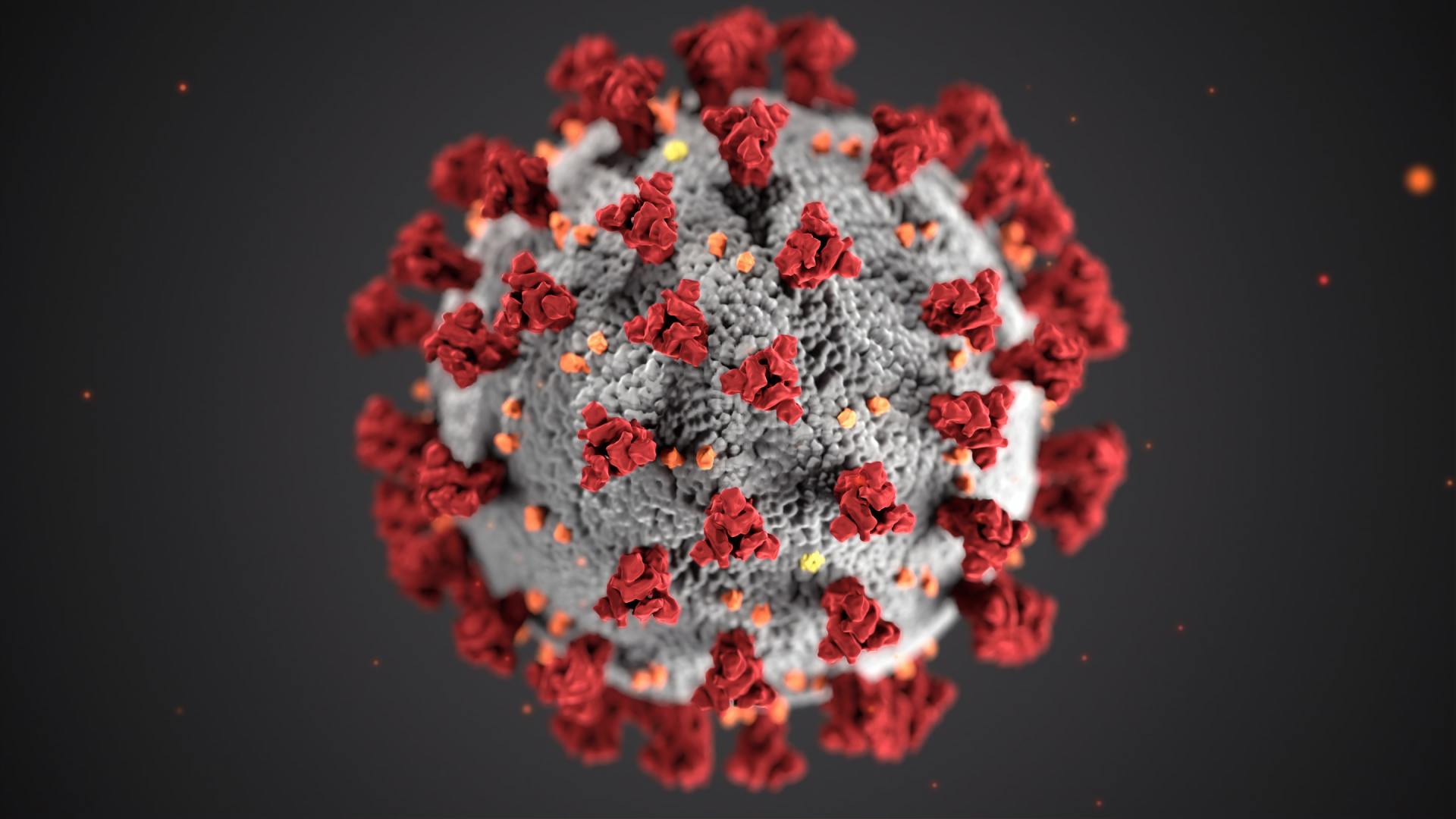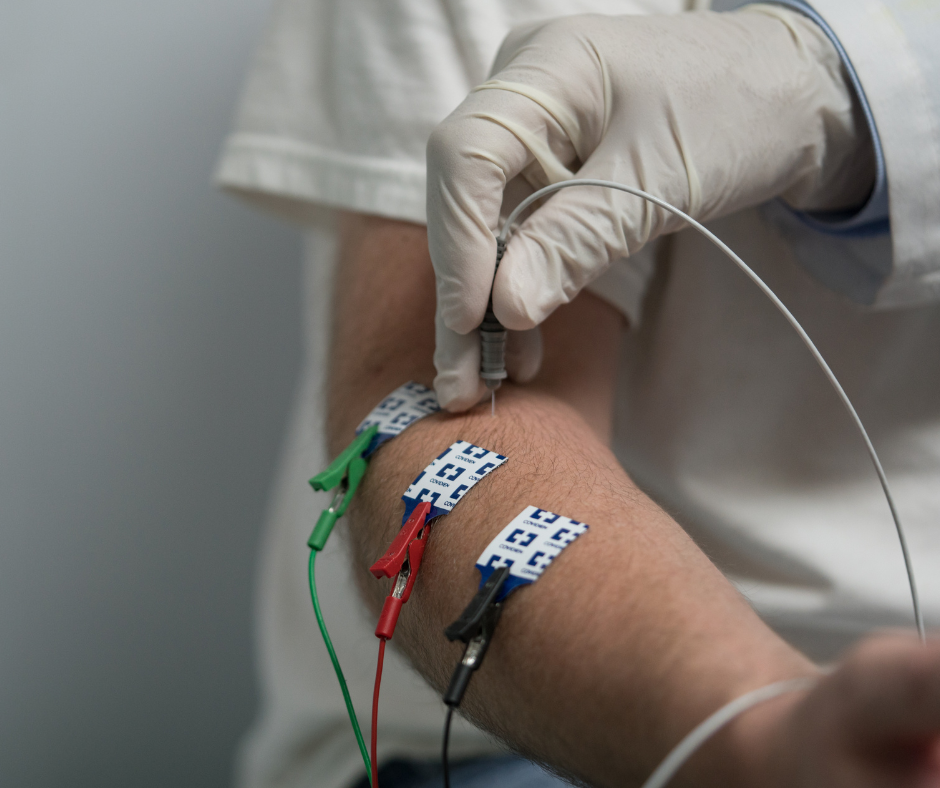Neurosurgery: Advancing Brain and Spine Health

Neurosurgery is a specialized field of medicine focused on the diagnosis and treatment of disorders affecting the spinal cord, nerves, and peripheral nervous system. From life-saving emergency procedures to minimally invasive spine surgeries, neurosurgeons play a critical role in restoring mobility and reducing pain.
Common Neurosurgical Conditions
- Spinal Disorders: Herniated discs, spinal stenosis, and scoliosis.
- Traumatic Brain Injuries (TBI): Resulting from accidents or falls.
- Peripheral Nerve Disorders: Conditions like carpal tunnel syndrome.
- Chronic Back, Neck, and Sacroiliac Joint Pain: Often caused by degenerative disc disease, instability, or joint dysfunction.
Minimally Invasive Spine Surgery (MISS)
Minimally Invasive Spine Surgery (MISS) is a modern surgical approach designed to treat spinal conditions with smaller incisions, less muscle damage, and quicker recovery times compared to traditional open surgery. Using advanced imaging and specialized instruments, surgeons can perform procedures such as:
- Microdiscectomy: Removal of herniated disc material pressing on nerves.
- Laminectomy: Decompression of the spinal canal to relieve pressure.
- Spinal Fusion (Minimally Invasive): Stabilizing vertebrae using small incisions.
Spinal Fusion: Cervical, Lumbar & Sacroiliac Joint Fusion
Spinal fusion is performed to stabilize the spine and reduce pain caused by degenerative conditions, fractures, or deformities.
- Cervical Fusion: Fuses vertebrae in the neck to treat herniated discs, spinal stenosis, or instability. This procedure can relieve nerve compression that causes pain, numbness, or weakness in the arms and hands.
-
Lumbar Fusion: Targets the lower back, treating conditions like degenerative disc disease and spondylolisthesis. By fusing two or more vertebrae, this procedure prevents excessive movement that causes pain and nerve irritation.
- Sacroiliac (SI) Joint Fusion: The sacroiliac joint connects the spine to the pelvis and can be a source of chronic lower back and hip pain. SI joint fusion stabilizes this area using minimally invasive techniques, reducing pain and improving mobility.
Final Thoughts
Neurosurgical advancements in spine care are helping patients regain mobility and improve quality of life. Whether through minimally invasive techniques or spinal fusion, modern neurosurgery continues to evolve, offering better outcomes with shorter recovery times.











